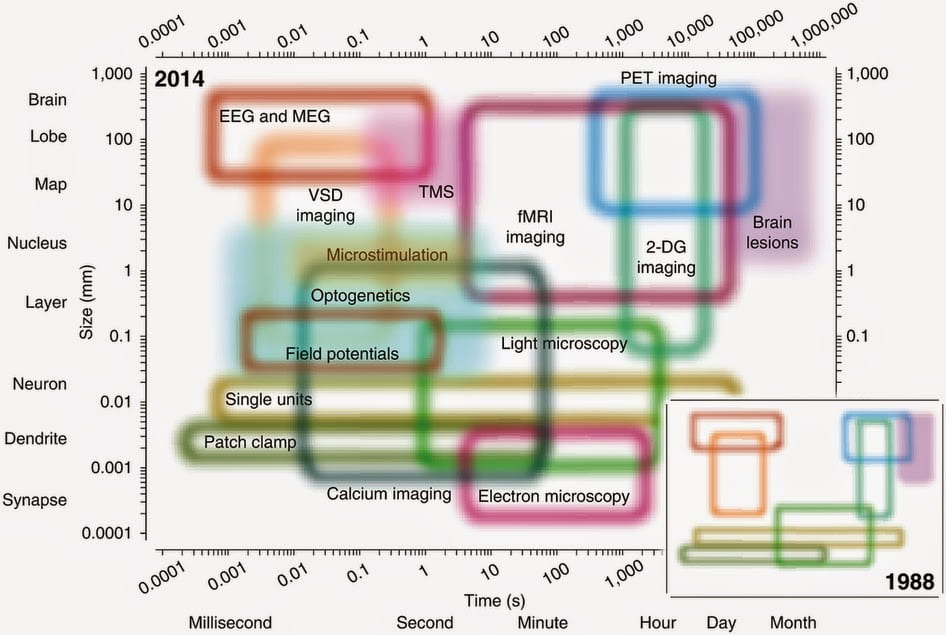Our “Tools of the Trade” series in Archways highlights the research technology and methodologies used by the Rice ARCHES Initiative.
Why are we interested in modularity?
This week Dr. Melia Bonomo from the Department of Bioengineering tells us about the interesting theoretical grounding for studying brain modularity in Project CHROMA.
In Project CHROMA, we’d like to understand how creative music engagement during a 6-week class impacts brain activity and leads to changes in cognitive health, quality of life, and social and emotional well-being. One of the methods we’re using to study this is brain modularity.
In a previous Archways post, Dr. Fengdan Ye provided a great introduction to the way that brain modularity is calculated from neuroimaging data. This provides us with a way to quantify brain activity for a variety of reasons, such as to determine biomarkers for neurological disease and trauma, to look for individual differences in how people’s brains work to determine the best course of treatment, or to develop a metric to follow how therapeutic interventions impact the brain.

But there are many ways to quantify brain activity, so why are we interested in modularity?
I like to use an analogy of blending up smoothies — Let’s say you want to make a strawberry smoothie. It’d be really inefficient if you had to put your blender together from scratch every time you wanted to make one…
Fortunately, your blender is highly modular! There’s the base module with all of the electronics in place, the module where you blend up your fruit, and the module you drink from.
But what if you’re having a party and everyone wants a different type of complex smoothie? Here, it’s more efficient to have a blender with lower modularity where there’s some cross-talk between the modules, such as being able to use the container for drinking and to switch out different tops and blades as needed.

So as you can see, Modularity in general describes how the components of any complex system are grouped into modules [1]. Higher modularity is beneficial at short timescales for simple tasks, and lower modularity is more advantageous over longer timescales for complex tasks. This relationship has previously been tested for brain activity in theory [2] and in experiments [3], and now we’re interested in seeing how this plays out in Project CHROMA!
For more in-depth reading:
[1] H.A. Simon, Proc Am Philos Soc, 106(6): 467–482, 1962
[2] M. Chen & M.W. Deem, Phys Bio 12(1):016009, 2015.
[3] Q. Yue et al., J Cognitive Neurosci, 29(9):1532-1546, 2017.




